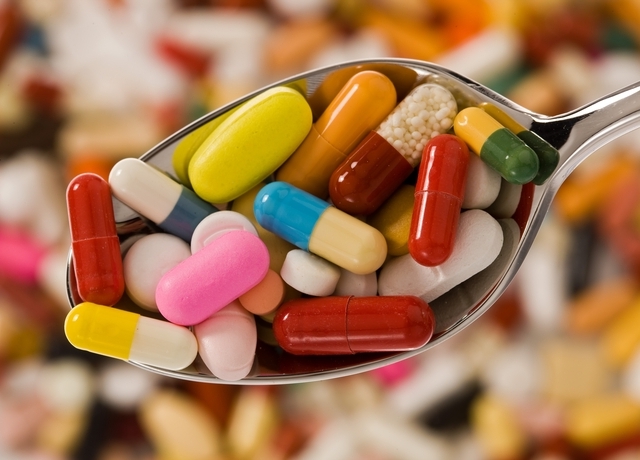Did you know that one in five Americans has metabolic syndrome? It’s a rising epidemic that can lead to heart disease and diabetes. Also known as Syndrome X and Insulin Resistance Syndrome, it includes a combination of criteria to be diagnosed.
If you have the following symptoms, then you have metabolic syndrome.
1) Central Obesity – men whose waist line is 40 inches or more, women 35 inches or more (use a tape measure and go around your belly) or a BMI above 30 (check a BMI chart for height and weight)
3) Elevated fasting blood sugar/glucose – greater than 100 mg/dl
4) Reduced HDL – under 50 mg/dl for women and under 40 mg/dl for men
5) Elevated blood pressure – greater than 135/85 mmHg
Additionally, you may have elevated fasting insulin, elevated C-reactive protein (CRP-hs), elevated fibrinogen, fatty liver, polycystic ovarian disease, and acanthosis nigrans (dark patches of skin commonly around the neck). Research shows that 75 percent of type II diabetics and 50 percent of people with coronary heart disease have metabolic syndrome.
So how did you get this way? Unfortunately it’s a combination of age, genetics, and lifestyle. Twenty five percent of people who are considered overweight and 60 percent of people considered obese have metabolic syndrome.
What are some things you can do since you can’t change age or genetics? Make some serious lifestyle changes!
1) Reduce your carbohydrate intake and stick with hormone-free protein, fruit, vegetables, nuts/seeds, beans, and healthy oils. Skip the pasta, pass on the bread, trade in the sugar heavy cereal, and limit the crackers and chips.
2) Stop drinking sodas.
3) Limit alcohol to two drinks per week.
4) Drink at least eight glasses of water per day.
5) Start moving for 30 minutes per day five days per week – which is the recommended minimum by many sites! Start walking in your neighborhood, look up videos on youtube.com, jump rope, hit the gym, take a class, lift weights while watching tv, play sports, do squats and lunges during commercials, hire a trainer, or do some jumping jacks.
6) Cut out your food sensitivities like wheat or dairy.
7) Consider supplements such as chromium, cinnamon (yes, the spice!), hawthorne extract, fish oil, magnesium, vitamin D, and calcium.
8) Check out the health food stores – they often have classes, lectures, tours, and support to get you on your way.
9) Meet with a dietician to get you on track.
10) Talk to your provider – you may need medication.
As I say many times, please don’t be a statistic. Get a tape measure and measure your waist. Routinely check your blood pressure and get updated fasting labs. It could be life changing!




Add a Comment1 Comments
I ran across this article and find it may be similar to something my doctor suggested. She noted that my reactions to medications were different than the norm and that it indicated a difference in the way my liver metabolized the medications. I don't have high blood pressure but I do have insulin-resistant diabetes. Yup, the waistline is expanding and I need to exercise more. Thanks for the article, lslassiter
March 24, 2010 - 6:35amThis Comment